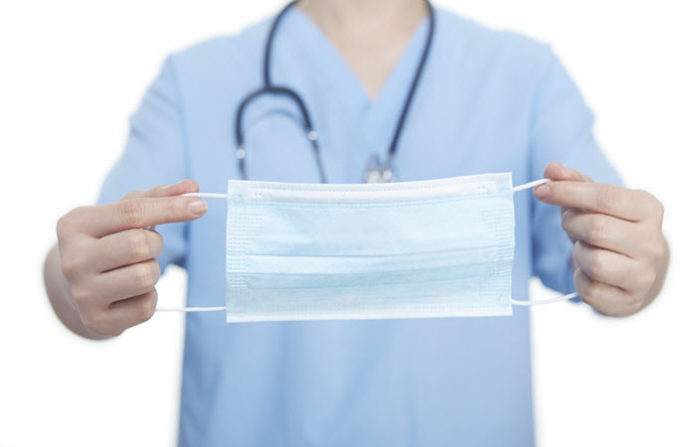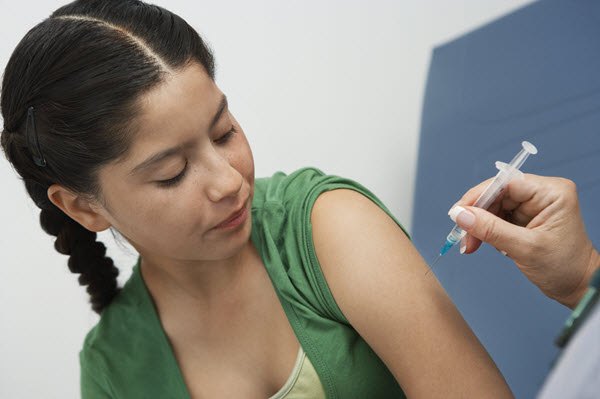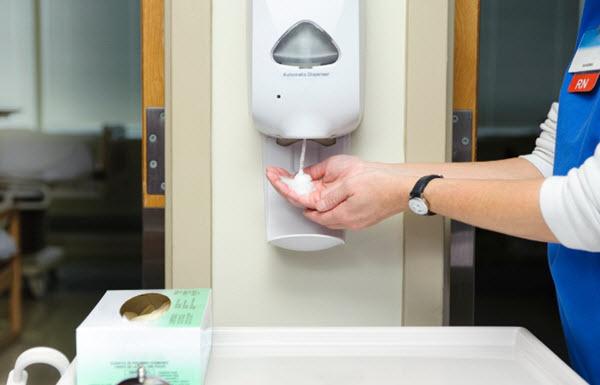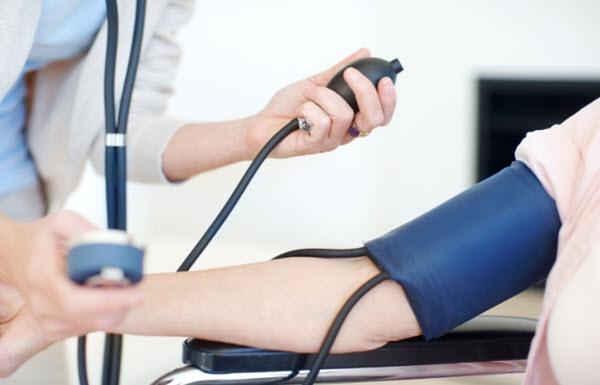

Do you need a guide for nursing diagnosis for infection?
As a nurse, you have a very important role when it comes to preventing infections. You are at the front line when it comes to delivering quality care so you need to be aware of what can and can’t compromise your patients’ health while they are in the hospital.
Take note that about 1.7 million hospitalized patients acquire Healthcare-Associated Infections (HCAIs) each year and more than 98,000 patients die because of it.
By having a clearer understanding of the chain of infection and with the right nursing diagnosis for infection, you’ll be able to intervene or stop an infection from happening.
Here’s a good example of a Nursing Care Plan for risk for infection.

A patient becomes at risk for infection if he is vulnerable to pathogenic organisms. It can be related to any of the following:
With this nursing care plan, you can expect the patient to:

| Nursing Interventions | Rationale |
| Assess the skin for color, texture, elasticity, and moisture. | Proper skin assessment and documentation facilitates prevention of the breakdown of skin breakdown which is the body’s first line of defense against pathogens. |
| Routinely monitor the patient’s white blood cell count, serum protein, and serum albumin. | These laboratory values are closely linked to the patient’s nutritional status and immune function. |
| Take note of the patient’s current medications, like corticosteroids and antineoplastic agents. | Some medications and treatment modalities cause immunosuppression. |
| Check the patient’s immunization history. | People with insufficient immunization may not have adequate acquired immunity. |
| Assess the temperature of neutropenic clients every 4 hours. | Neutropenic patients may not have an adequate inflammatory response. In most cases, fever is the only symptom they’ll show. |
| Monitor the patient for any signs of swelling, purulent discharge or presence of pain from wounds, injuries, catheters or drains. | These are the classic signs of infection. |
| Wash hands and encourage the patient to do the same. Dry hands with a paper towel after washing. | Handwashing is an effective technique to prevent the spread of infection. Dry surfaces are better in preventing the transfer of microorganisms. |
| Encourage patient to increase fluid intake if not contraindicated. | It helps thin out secretions and replace fluid loss during fever. It also prevents stasis of urine by promoting diluted urine and frequent emptying of the bladder. |
| Encourage adequate rest. | It can reduce stress and boost the immune system. |
| Encourage patient to eat a balanced diet. | A balanced intake of omega 3 and omega 6 fatty acids, protein, vitamins A, C and E, zinc and iron is essential in reducing the risk of infection. |
| Help patient change positions frequently. | It prevents stasis of secretions and pathogens in the lungs and bronchial tree. |
| Strictly observe sterile technique when inserting a urinary catheter. Ensure that catheters are cared for every shift. | The Genito-Urinary tract is one of the most common sites for nosocomial infections. |
| Wear gloves during any contact with mucus, blood, and other body fluids. Use goggles when appropriate. | It prevents the transfer of microorganisms that are already on the hands and to protect the hands from becoming contaminated. |
| Limit the number of visitors allowed. | This is to limit the risk of the patient being exposed to pathogens. |
| Strictly adhere to Transmission-Based Precautions: |
Airborne
Droplet
Contact Transmission


Source:
Doenges, M. E., Moorhouse, M. F., & Murr, A. C. (2019). Nurse’s pocket guide: Diagnoses, prioritized interventions, and rationales. Philadelphia: F.A. Davis.